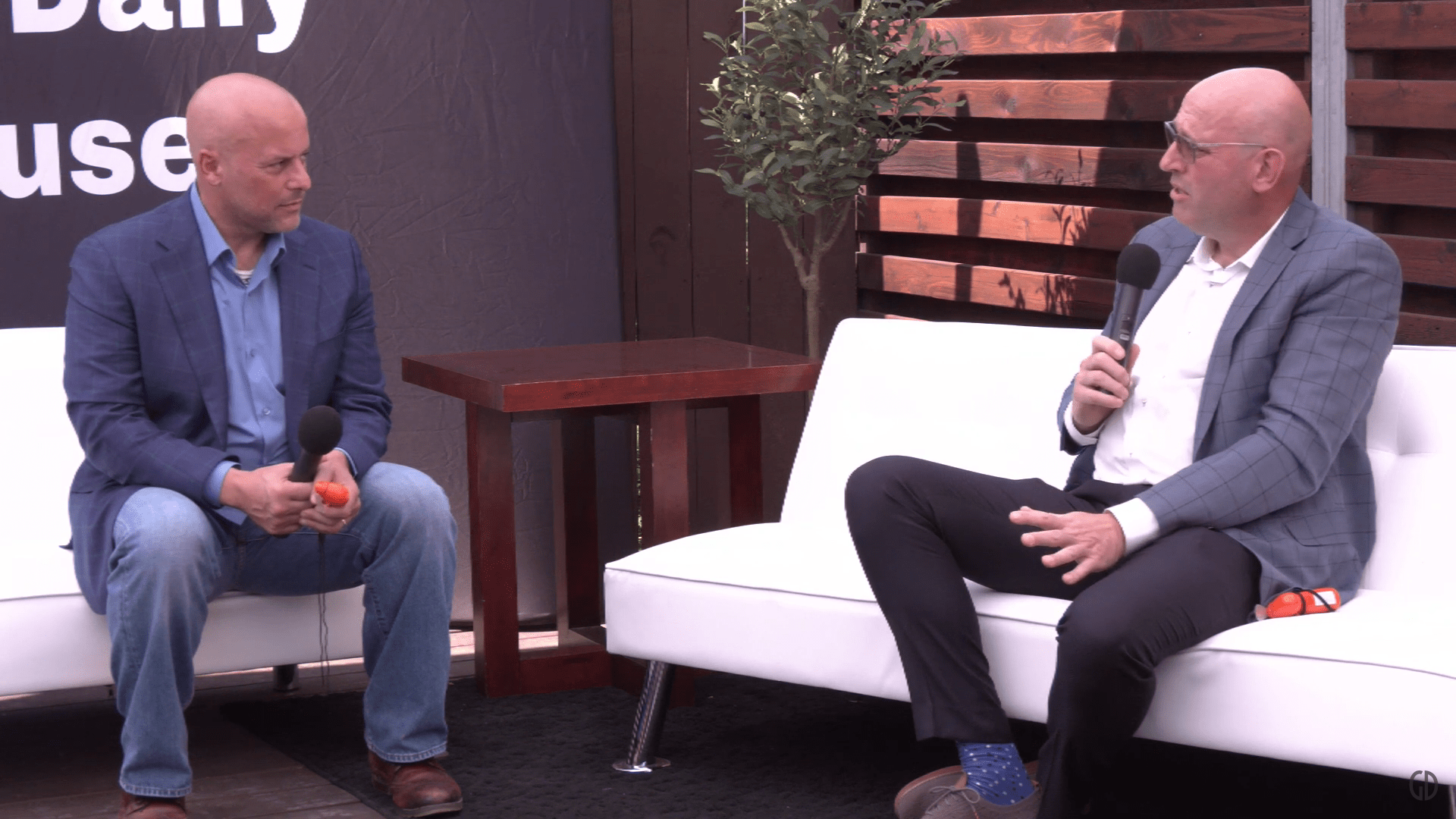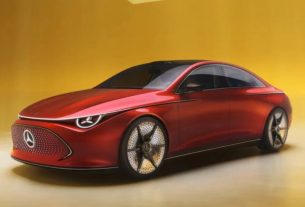|
Getting your Trinity Audio player ready...
|
Ours is a fast-paced world in which social media, rapid technological advancements, globalization, and automation have turned nostalgia into one of the greatest marketing tools there are. By leveraging nostalgia, brands all over the world seek to appeal to consumers and stand out from the crowd. Unfortunately, more often than not, this modernization of the classic fails to bring actual value to consumers and remains purely cosmetic, sometimes even degrading the original.
To see what nostalgia mining can look like when done by a big corporation, one must not look further than giants like Disney. The company has been known for remaking most of its classics, replacing animations with live action. However, no matter how much top talent is cast, the audience tends to favor the classic versions of movies like “The Beauty and The Beast”, “The Lion King”, “Alice in Wonderland”, “Mulan”, and many others.
The fact that live-action remakes are vastly considered inferior by the audience is certainly known by Disney but the company is also aware of their performance at the box office, often making billions of dollars. Of course, this means the company has little reason to care as long as money is flowing in and a new generation of viewers are getting exposed to their product. Unfortunately, this sentiment is not limited to the movie industry but is widely shared in the business world.
However, not all brands fall into the trap of relying solely on nostalgia but have found ways to bring classic brands to the modern era while still providing actual value to consumers. One such example is the DeLorean Motor Company, the manufacturer of the iconic DMC-12 that Dr. Brown and Marty McFly drove in the “Back to the Future” Trilogy. The company rolled off its last car more than 40 years ago but is now ready to make a comeback with the DeLorean Alpha 5 after electric vehicle visionary Joost De Vries purchased the rights to the brand in late 2021.
To stay true to the original vision of the DeLorean, Joost chose to keep the hallmark gull-wing doors, three-layer tail lights, stainless steel-looking body, and rear window louvers. However, the car will also be able to reach a top speed of 155 MPH, get from 0 to 60 in only 2.99 seconds, and will feature a battery of over 100 kWh with a range of 300 miles, according to the company’s estimates.
While the incredible specs and look of the DeLorean Alpha V were enough to get fans excited about the brand’s return, Joost also chose to allow fans of all backgrounds to partake in it. By introducing an NFT-based model, DMC has allowed DeLorean enthusiasts to buy production slots that will gain them the right to acquire the cars as they are produced. These NFTs can be traded freely by their holders, meaning that holders will be able to benefit from supporting the brand despite many of them not being able to buy the car due to its price.
The NFTs will also open the doors for their holders to a myriad of benefits beyond the production slot, such as events, customization opportunities, exclusive merchandise, and more. They will also eventually become a digital twin of the produced car, which will serve both as a gameable avatar and contain all of the car’s data, opening the doors to new use cases.
Joost sat with BizFamousTM Media Group CEO Eric ‘ERock’ Christopher to talk about how he is bringing a classic brand to the 21st century while keeping its essence and adding value to it. The discussion took place as a panel during this year’s edition of Grit Daily House at SXSW and is available to be watched on YouTube.
Juan Fajardo is a News Desk Editor at Grit Daily. He is a software developer, tech and blockchain enthusiast, and writer, areas in which he has contributed to several projects. A jack of all trades, he was born in Bogota, Colombia but currently lives in Argentina after having traveled extensively. Always with a new interest in mind and a passion for entrepreneurship, Juan is a news desk editor at Grit Daily where it covers everything related to the startup world.



